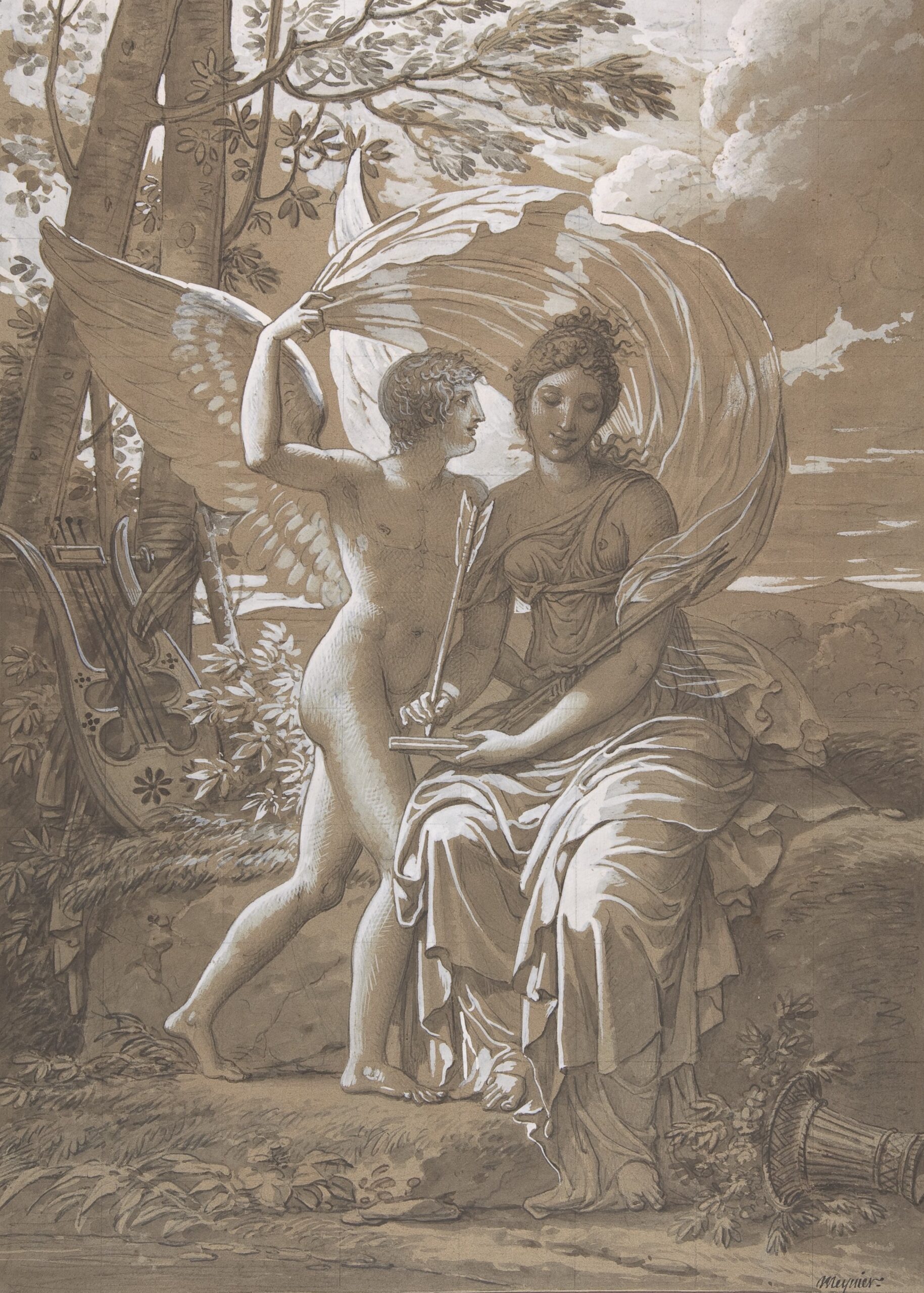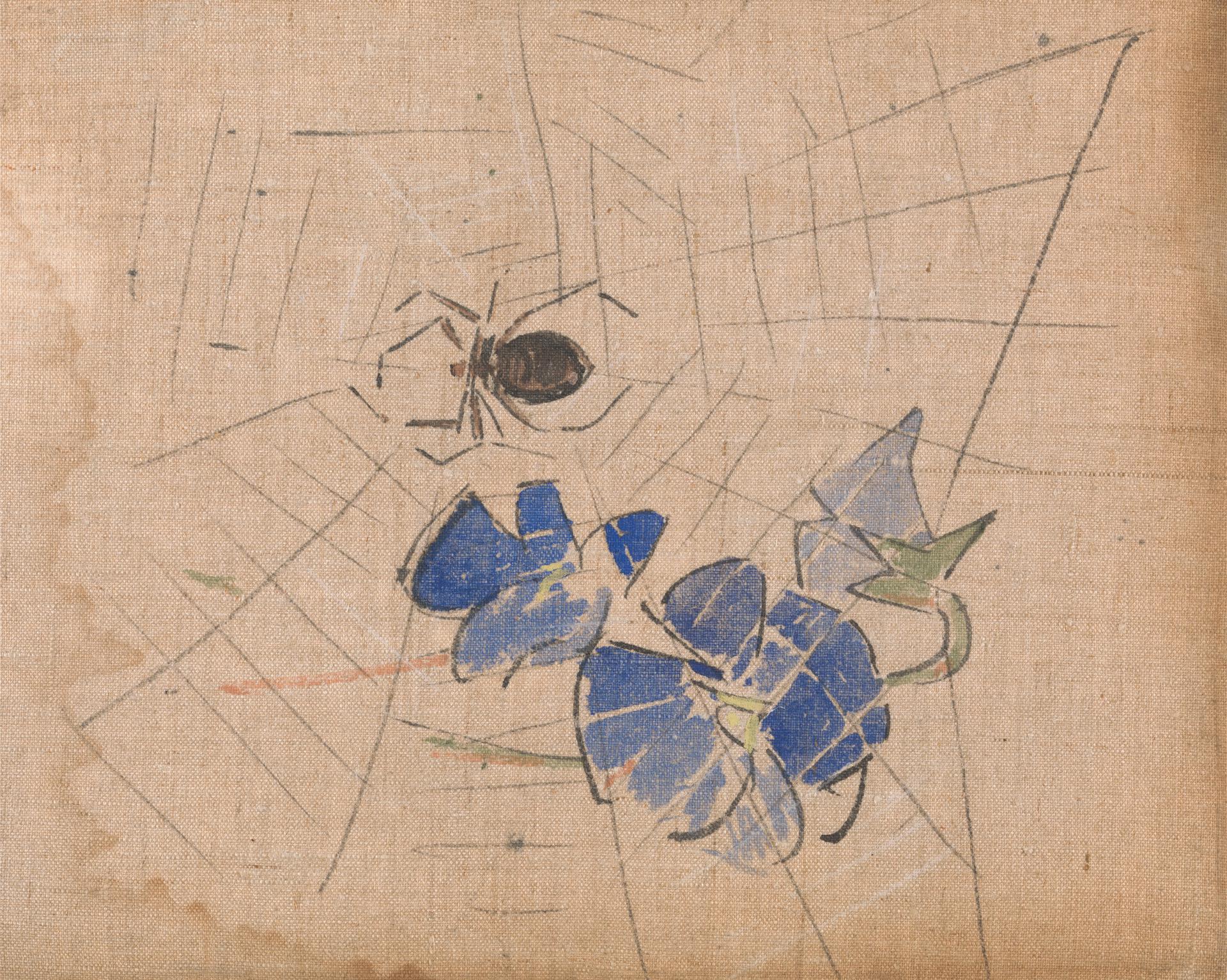
Centenaries beget opportunities. Publishing opportunities, marketing opportunities, opportunities to redress a reputation. Unsellable manuscripts can be dredged from locked drawers; under the sign of the centenary, every work is worth a critic’s words.

 The centenary in question marks 100 years since the birth of the artist and writer Leonora Carrington: an opportunity to publish The Complete Stories (including three previously unreleased works) and a reprint of her memoir Down Below, out of print since 1990. Centenaries ask us to put aside our doubts and pay tribute; that said, the fact that these texts have lain dormant for years is not wholly without reason.
The centenary in question marks 100 years since the birth of the artist and writer Leonora Carrington: an opportunity to publish The Complete Stories (including three previously unreleased works) and a reprint of her memoir Down Below, out of print since 1990. Centenaries ask us to put aside our doubts and pay tribute; that said, the fact that these texts have lain dormant for years is not wholly without reason.
Down Below is a troublesome book full of mystic reckonings and fragmented occlusions. As an autobiographical account of Carrington’s incarceration in a Spanish psychiatric hospital during the Second World War it is, as Marina Warner writes in her introduction, “an unsparing account of the experience of being insane.” You need to have acquired a certain prestige for a book like that to sell, and I felt a similar skepticism towards the new short stories. Knowing Carrington’s tendency for tail-chasing dream narratives, I didn’t necessarily expect them to be literary masterpieces. And I still can’t really claim that they are. Here’s the thing: Carrington resists all critical categories.
Any article about Carrington should probably start with an account of her life, a fiction in its own right. Carrington would no doubt subvert this tradition and so I’ll start with her death, which shocked everyone. Shocked, mainly because no one in 2011 expected her to be alive — to be 94, still living in Mexico, still notoriously “difficult” and still painting (she had renounced writing in 1980). British-born Carrington had made Mexico her home after marrying the diplomat Renato Leduc in 1941, a marriage of convenience which enabled her to bypass her parents’ plans to send her to an asylum in South Africa. Here, the story blurs. Over the course of the previous year, Carrington, aged just 23, had been under the charge of Dr. Morales at his hospital in Santander; there she was treated with Cardiazol, a drug designed to replicate the effects of electro-shock therapy through chemically-induced convulsions. Down Below is Carrington’s account of that time. Visions fill the spaces life left behind.
Before that, “an era of paradise.” Carrington had been living with the Surrealist artist Max Ernst in a Provençal farmhouse, where images of their avatars emerged from the walls: she the horse, he the prince of birds. Those sculptures and murals can still be seen, untouched since Carrington’s frenzied escape to Spain (and into the hands of Dr. Morales), after Max had been transported to a Nazi concentration camp. Carrington later dismissed her relationship with Max, frustrated that his fame had become the source of her reputation. However, she never denied his role as a catalyst for her creativity; that he had given her cause to leave London for Paris in 1937, where she was initiated into the company of the Surrealists.
The Paris Surrealists were a boys group headed by André Breton; the role of a woman was as mistress and muse. Carrington nevertheless managed to hold her own, fulfilling their fantasies of magical femininity while refusing to play the femme-enfant. She was well aware of her beauty and power — although her marriageability had been somewhat tainted by a spell at Amédée Ozenfant’s London art school, she was still the desirable debutante who had been presented to the court of George V in 1935. Any eligible suitor would presumably have been unaware of Carrington’s schooling history, marked by a series of expulsions; convent schools did not appreciate her studied attempts at levitation, or her habit of writing backwards with her left hand. An upbringing governed by a grandmother’s myths and a father’s strictness might produce such a child, especially if the setting was Crookhey Hall, a neo-gothic mansion in the north of England. Carrington was born in the industrial north in 1917, a scrap of new life in the midst of war. And hence, her centenary.
Chronology wasn’t something Carrington cared for much. Her stories take place in timeless zones defined by strict social codes: a queen politely offers her guest beef tea, a young girl is chastised for transforming into a horse. In one of the later stories, Joseph Stalin has a cameo: he is a shriveled fetish, applied for medicinal purposes. Nevertheless, The Complete Stories takes a sensible approach to time. The book opens with Carrington’s best known story “The Debutante,” in which a young girl sends a hyena in her place to a debutante ball. We move through the early tales that so delighted the Surrealists, via her descent into madness and towards those written in New York and Mexico; the book concludes with the three new stories, as yet undated. The structure makes sense, as does the choice of cover image, Carrington’s famous self-portrait “The Inn of the Dawn Horse” (1937-8). There she is, tightly outlined in white jodhpurs, accompanied by her animal avatars in a room defined by rigid perspective. As if to say, to read this book is to read Carrington.
But as the stories progress, we retreat ever further from the Carrington we thought we knew. It turns out that “The Debutante,” with it ice-cold anti-climax and bloodthirsty details, is little more than a palate cleanser. It is by far the most accessible of the stories, which start to seem like the convoluted dreams people recount at breakfast. Nonetheless, these are not the sort of dreams that exist to be decoded. Carrington can frankly out-Freud any Freudian, and her perfectly circular logic casts doubt on the state of dreaming itself. “The Neutral Man” ends with the disclaimer: “There’s no ending because the episode is true, because all the people are still alive, and everyone is following his destiny.”
 This resistance to interpretation doesn’t necessarily make for readable prose, and the less accepting reader might find Carrington’s life to be all the story they need; in this case, I would point them towards Joanna Moorhead’s recently published biography, The Surreal Life of Leonora Carrington (2017). I would be less likely to recommend Down Below, with its visionary digressions, cosmic theories, and confusing characters. That’s not to say the book is not worth reading. In its strange evocation of visions recalled in hindsight, it recreates a semi-lucid state that is both powerful and moving. And yet, the sense of dislocation which pervades the text is due to the fact it was written not for the reader, but for the writer.
This resistance to interpretation doesn’t necessarily make for readable prose, and the less accepting reader might find Carrington’s life to be all the story they need; in this case, I would point them towards Joanna Moorhead’s recently published biography, The Surreal Life of Leonora Carrington (2017). I would be less likely to recommend Down Below, with its visionary digressions, cosmic theories, and confusing characters. That’s not to say the book is not worth reading. In its strange evocation of visions recalled in hindsight, it recreates a semi-lucid state that is both powerful and moving. And yet, the sense of dislocation which pervades the text is due to the fact it was written not for the reader, but for the writer.
When Carrington writes in the opening paragraph: “since I fortuitously met you, who I consider the most clear-sighted of all,” she is addressing the surgeon Pierre Mabille rather than the general reader. Mabille, a friend of the Surrealists whom she had met in Mexico, encouraged Carrington to write the Down Below in 1943 as a way of expurgating her trauma. REVELATION was the word emblazoned on Carrington’s suitcase when she crossed the border to Spain, and she writes to reinhabit her former state of madness, to transgress once again “that initial border of Knowledge.” If the reader expects to be initiated into this realm of Knowledge, they are soon shown to be misguided.
As a writer, Carrington was always a resistor. To accepted forms of literariness, to psychoanalytic readings, to the people who tried to read her in her creatureliness. The proof that her mission succeeds is clear from the way she managed to outwit whimsy. In the hands of any other writer, scenes of talking corpses and celestial sheep would be rich pickings for a Tim Burton movie, but I like to think Carrington’s characters would always fail the screen test. That they would never appear in CGI with spooky button eyes, Johnny Depp and Helena Bonham Carter singing:
Even though you won’t believe me
my story is beautiful
And the serpent that sang it
Sang it from out of the well.
 No. Whimsy requires warmth to grow, it cannot be committed in cold blood. Even The Milk of Dreams, the book written and illustrated by Carrington for her two young sons and recently published by NYRB, doesn’t quite fit the bill. The horror is too simple, to real. Carrington wasn’t thinking of the needs of high-brow parents and their progressive youngsters — she was telling the simple facts of “ugly” characters who know “this bunny is pretty, but it’s not theirs.”
No. Whimsy requires warmth to grow, it cannot be committed in cold blood. Even The Milk of Dreams, the book written and illustrated by Carrington for her two young sons and recently published by NYRB, doesn’t quite fit the bill. The horror is too simple, to real. Carrington wasn’t thinking of the needs of high-brow parents and their progressive youngsters — she was telling the simple facts of “ugly” characters who know “this bunny is pretty, but it’s not theirs.”
I may eat my words. Helena Bonham Carter might have already signed the contract to voice Virginia Fur, Johnny Depp might have settled on an accent for Igname the boar. But if I do eat my words, they will be served with bunny and sweet meats, truffles and crushed fruit. With torn-up pages of review copies for croutons.
Image Credit: Flickr/Kathleen Maher.







